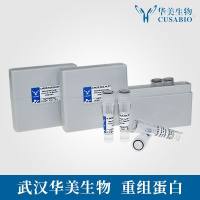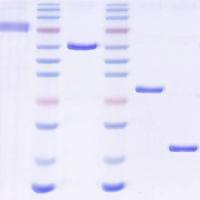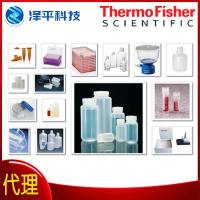Methods for Microencapsulation with HEMA-MMA
互联网
536
Encapsulation of cells in a membrane prior to implantation holds potential for controlling the adverse immune response that may be generated against the transplanted cells, by physically isolating the cells from the host’s immune system. If successful, encapsulation eliminates or minimizes the adverse effects of immunosuppressive therapy and permits the use of xenogeneic cells. Ideally, the capsule membrane holds permselective properties, so that the passage of nutrients, growth factors, and the therapeutic product secreted by the cells occur readily across the membrane, but mediators of the immune system do not penetrate the membrane (Fig. 1 ). The major types of immunoisolation devices include intravascular arteriovenous shunts, diffusion chambers of tubular or planar geometry, and microcapsules ( 1 – 6 ).
Fig. 1. Schematic drawing of a model microcapsule. Cells are encapsulated with or without an extracellular matrix in a permselective membrane, which provides isolation from the mediators of the immune system, but allows the passage of nutrients, growth factors, and the therapeutic product secreted by the cells.









